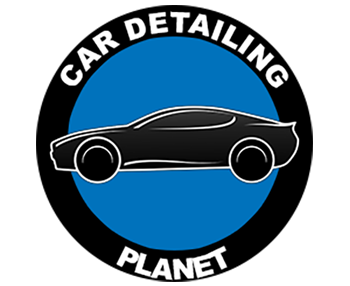Top 7 Car Polishing Mistakes You Should Stop Making
Car Detailing Planet is a part of Amazon Associates. As an Amazon Associate, we earn from qualifying purchases. Read our Affiliate Disclosure to learn more.
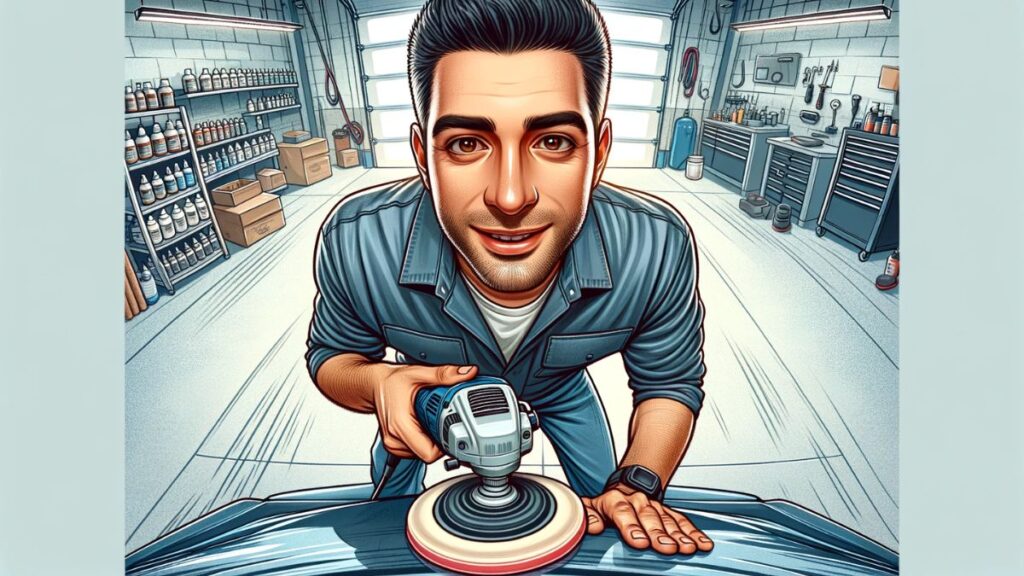
By talking to a bunch of car enthusiasts and even some car detailers, I realized that many people make some weird polishing mistakes that should be avoided if you want flawless car paint. In this post, I’ll show the top seven mistakes people make when polishing their cars and how to avoid them.
This guide isn’t just for beginners, as I’ve seen even some experienced dudes making some of the mistakes I’ll mention below.
1. Not Decontaminating The Paint

I think that everyone washes their car prior to polishing, but not many people actually decontaminate the car’s paint before polishing, and that’s a big issue.
Chemical (iron removers) and mechanical (clay bar) decontamination removes all those tiny pieces of contaminants that can’t be removed with a typical car wash. And if you don’t remove those contaminants from the paint, once you start polishing, you’ll just keep dragging them all over the paint, reducing the effectiveness of polishing.
If you don’t know how to do it, check my guide on car paint decontamination, where you’ll learn how to chemically and mechanically remove contaminants from the paint.
2. Using a Dirty Buffing Pad
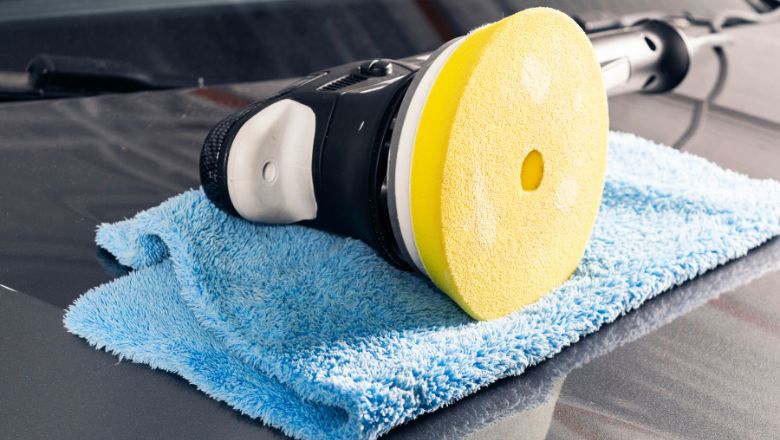
While detailers usually don’t do it, I’ve seen some car paint repair shops using the same buffing pad on tens of cars without thoroughly cleaning it. That’s an enormous mistake and should be avoided at all costs.
Buffing pads become dirty and should be thoroughly cleaned after every car that you polish. you should also clean the buffing pad the whole time you’re polishing (after each panel), but then you can just quickly clean it with compressed air.
3. Using a Wrong Buffing Pad

There are different types of buffing pads, and each of them has its purpose. If you’re not getting good polishing results, the problem may be in the buffing pad you’re using.
For instance, you can’t use a finishing buffing pad with a cutting compound; it just won’t work nearly as well as if you’ve picked a microfiber buffing pad or something similar.
Even worse is if you use a buffing pad for cutting with a finishing polish, that may do more harm than good to the car’s paint.
If you don’t know how to choose buffing pads properly, make sure to check out my guide, where I explain every type of buffing pad and when to choose each type.
4. Polishing With Low-Quality Compounds
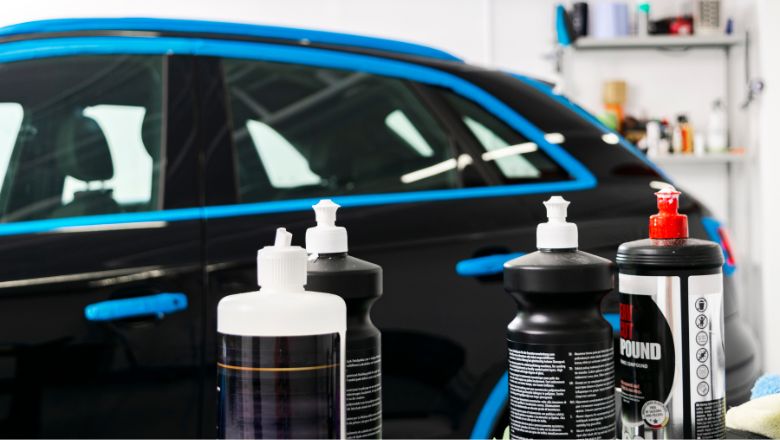
I can talk about this from my own experience. I once purchased some cheap polishing compound in Lidl, and I thought it’d be good since I only have a few inches of light scratches on the hood. Unfortunately, it didn’t fix even the lightest scratch from the paint, even though I invested a good amount of work and elbow grease.
Luckily, it didn’t create additional scratches, but that could’ve happened as well. I always recommend purchasing only proven polishing compounds from reputable brands such as Koch Chemie, 3D, Sonax, and others.
That way, you’ll know that you’re working with a high-quality product, and you can expect flawless results.
5. Polishing Large Area at Once
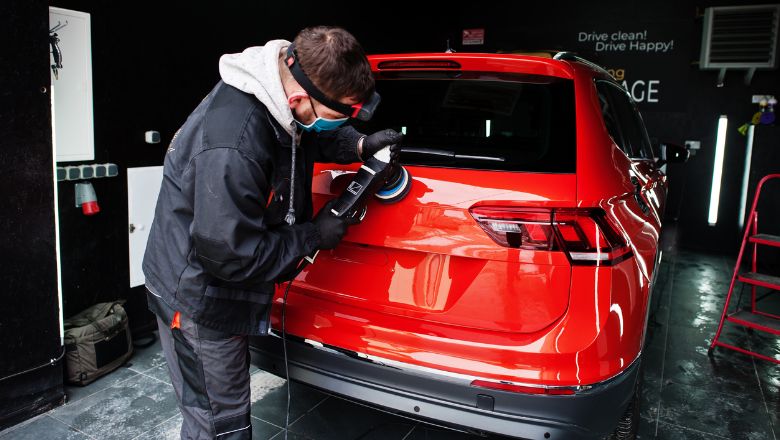
I often see many beginners trying to polish the whole hood or the roof at once. It’s just not possible because the paste you pour to the pad is only enough for polishing a smaller section of the car, ca. 25 by 25 inches.
That way, you’ll get much better results, and there’s less chance of skipping some areas. Also, that way, you’re able to follow my earlier advice on cleaning the buffing pad with an air compressor after each section.
6. Not Having The Right Equipment
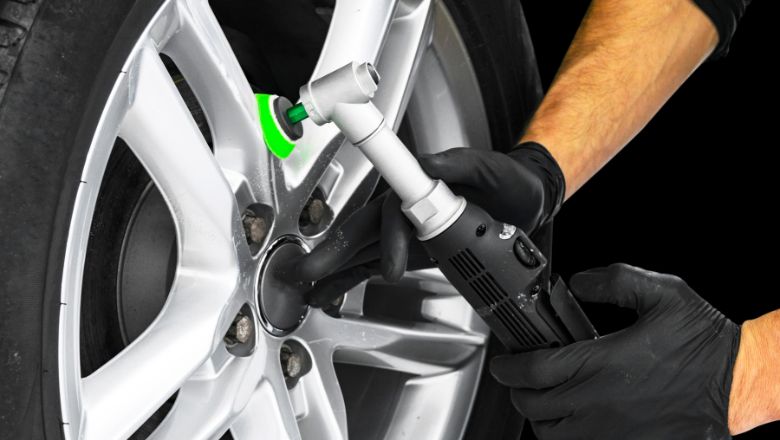
Of course, cars can be polished with basic equipment only, but if you want to get the best results, you should ensure that you have everything that’s needed in order to get scratch-free paint.
While I won’t talk about car polishers right now, you gotta work with what you have, but at least you should have:
- different sizes of backing plates.
- different sizes of buffing pads.
- buffing pads for cutting and finishing.
- multiple polish compounds (cut, medium, and finish).
- At some point, you may even need small car polishers (like in the image above).
That’s a short list, but that will ensure that you have the products and equipment needed to polish every car part, from the tiny ones to the larger ones.
7. Wiping The Residue With Dirty Towels
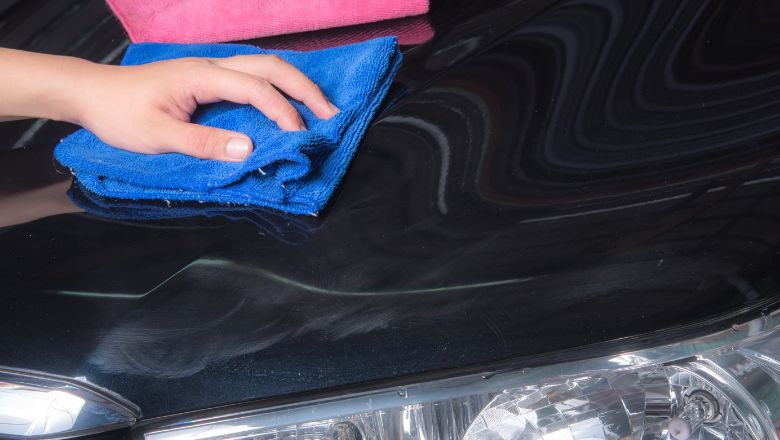
Whenever you finish polishing one car body panel, you should wipe off any polishing residue with a clean microfiber towel. The mistake I see people making is using the same microfiber over the whole car, and that should be avoided.
I use four to five microfiber towels for wiping off the polishing residue per car. The good thing with microfiber towels (especially if you use larger ones) is that you can fold them. So, with one microfiber towel, you can wipe off polishing residue four times, which is great.
Related: Best Microfiber Towels For Car Detailing
Final Thoughts
While polishing cars requires some knowledge and experience, I don’t think it’s hard. At least it’s not for me. And trust me, if I was able to learn it quickly, anyone can.
But the most important thing is to follow proper guidelines and safety measures so you don’t damage the clear coat, and you’ll always get perfect results.
Now that you know all the mistakes to avoid, I suggest that you check out my two guides on polishing cars:
